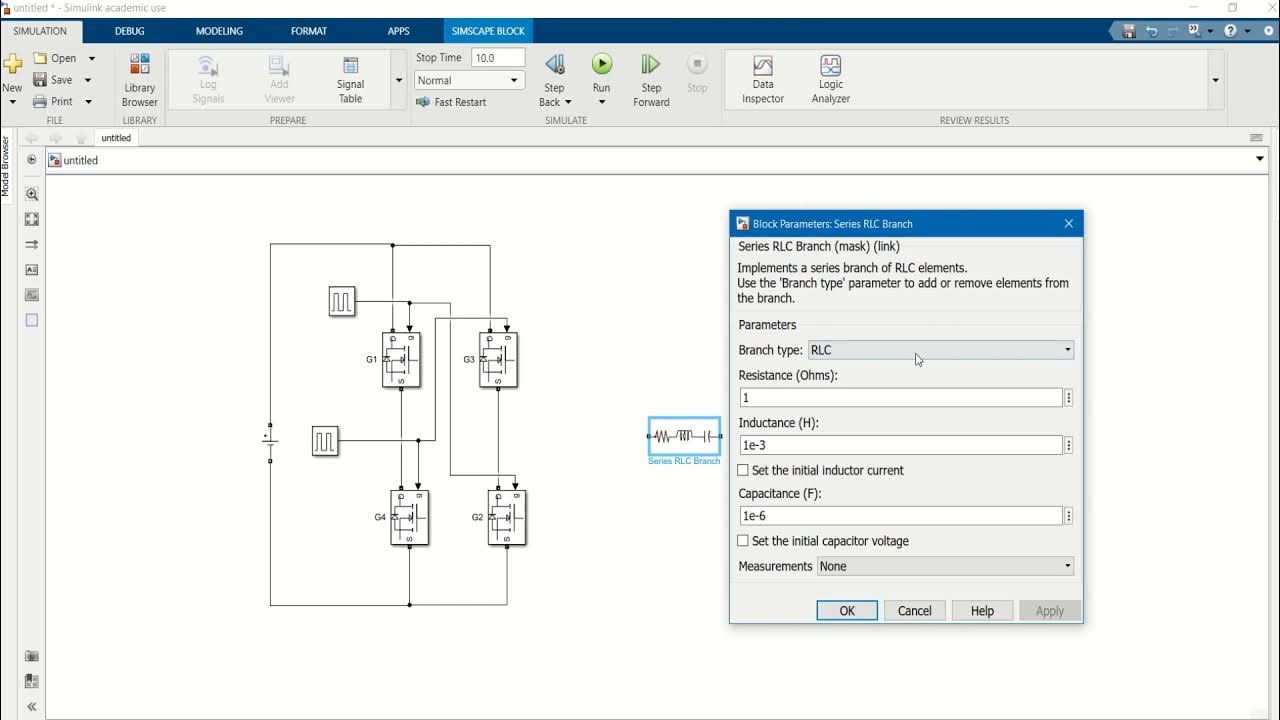U-Heart: A new concept of Fault-tolerant isolated DC-DC converter
Summary
TLDRThe transcript highlights advancements in modular power electronics, specifically a multi-port insulated DC-DC converter designed for high reliability and efficiency in critical applications. By allowing isolated faults to maintain system operation, this innovative technology enhances availability and reduces maintenance costs. It features a self-healing strategy, enabling reconfiguration of failed components, making it suitable for fields like aerospace, data centers, and electric vehicle charging. Developed by a team at Keele University, this system reflects seven years of research aimed at creating a robust, efficient solution for modern energy needs.
Takeaways
- ⚡ The demand for power electronics in renewable energy, electric vehicles, and aerospace is rapidly growing.
- 🛠️ Conventional power converters can fail completely due to a single component fault, resulting in high costs.
- 🔧 A modular converter design allows for increased availability by isolating faults to individual cells.
- 🛡️ The 'You Heart' converter includes a self-healing mechanism that isolates faulty cells while maintaining near full power operation.
- 📈 This design minimizes overall manufacturing outages and maintenance costs.
- ⚙️ The converter is highly flexible and scalable, suitable for various power levels and application needs.
- 🏭 Reconfiguration techniques, like static switches or mechanical removal of cells, enhance system adaptability.
- ✈️ Applications include more electric aircraft, data centers, electric vehicle charging stations, and industrial microgrids.
- 🔬 The development involved a team from Keele University, leveraging seven years of research in high-reliability power electronics.
- 🌍 The 'You Heart' concept aims to optimize availability in critical applications, reducing downtime and enhancing operational efficiency.
Q & A
What is the main focus of the discussed technology in the transcript?
-The main focus is on a modular and self-healing DC-DC converter system designed to enhance reliability and availability in critical applications such as renewable energy, aerospace, and electric vehicles.
How does a modular converter improve system reliability?
-A modular converter allows the system to continue operating even if one cell fails, as the failure only affects part of the system rather than causing total system failure.
What happens when a fault occurs in the converter system?
-When a fault occurs, a voltage detector isolates the faulty cell, enabling the rest of the system to continue operating at nearly full power.
What is the self-healing strategy mentioned in the transcript?
-The self-healing strategy involves reconfiguring the system in case of failure, allowing it to remain fully operational with limited redundancy.
What are some potential applications for the 'you heart' converter?
-Potential applications include more electric aircraft, data centers, electric vehicle charging stations, and industry 4.0 DC microgrids.
How does the modular design benefit safety-critical applications?
-The modular design increases availability, which is crucial for safety-critical applications where reliability is paramount.
What role did Keele University play in the development of this technology?
-Keele University provided a team of engineers and scientists who contributed their expertise in high reliability and high power electronics to develop the 'you heart' converter.
What technologies were utilized in designing the 'you heart' system?
-The design incorporates state-of-the-art technologies to ensure the system is both reliable and compact.
What is the significance of the seven years of development mentioned?
-The seven years of development reflect the extensive research and engineering efforts that led to the creation of a highly efficient self-healing isolated DC-DC converter.
Why is minimizing overall manufacturing outage important?
-Minimizing overall manufacturing outages is important as it reduces maintenance costs and enhances the overall efficiency of critical applications.
Outlines

This section is available to paid users only. Please upgrade to access this part.
Upgrade NowMindmap

This section is available to paid users only. Please upgrade to access this part.
Upgrade NowKeywords

This section is available to paid users only. Please upgrade to access this part.
Upgrade NowHighlights

This section is available to paid users only. Please upgrade to access this part.
Upgrade NowTranscripts

This section is available to paid users only. Please upgrade to access this part.
Upgrade NowBrowse More Related Video

Design of DC AC Converter Using MATLAB SIMULINK

How to design buck converter for photovoltaic system? | Buck converter design for PV module & array

Lec 53: Example of Transformer Design

Simulation of a Dual Active Bridge Converter in MATLAB | SIMULINK

Types of Power Electronic Circuits | Power Electronics | Lecture 4

Low Input Voltage and Maximum Power Point Control Simplifies Energy Harvesting
5.0 / 5 (0 votes)